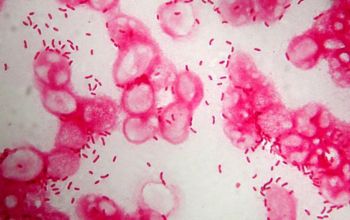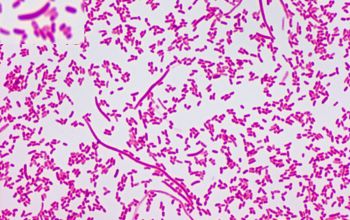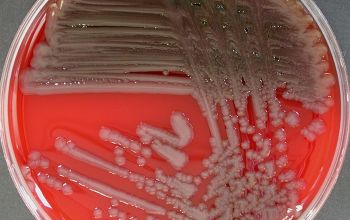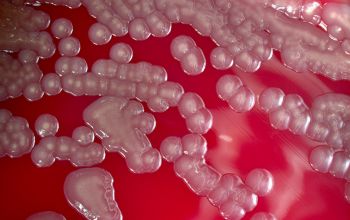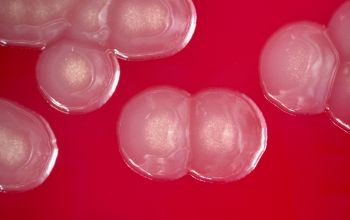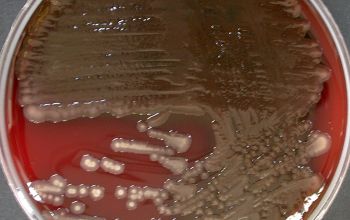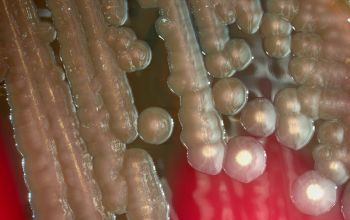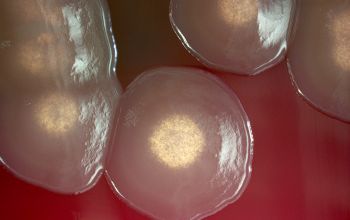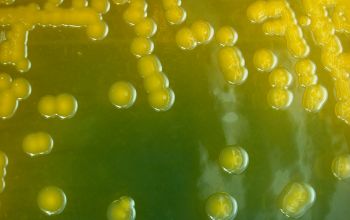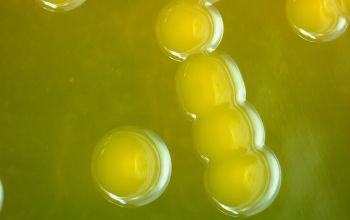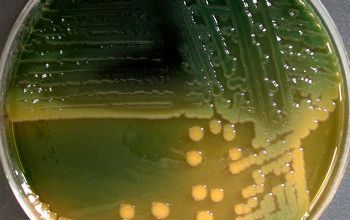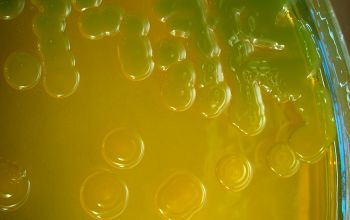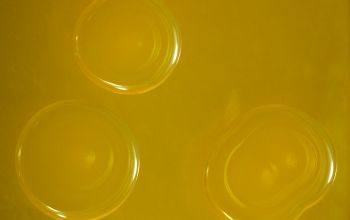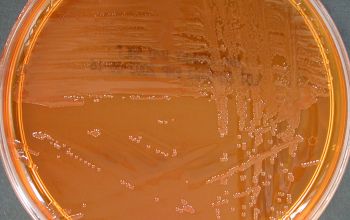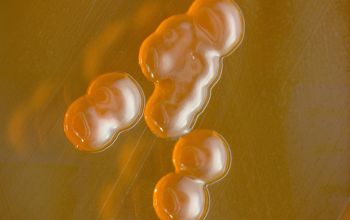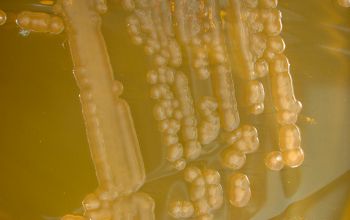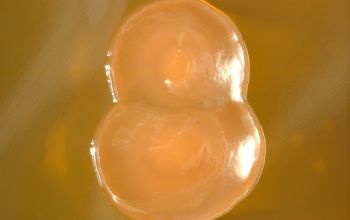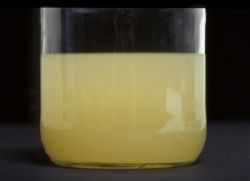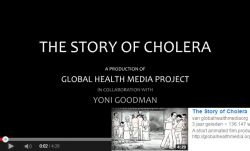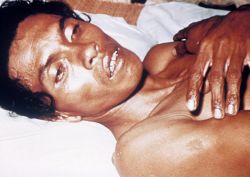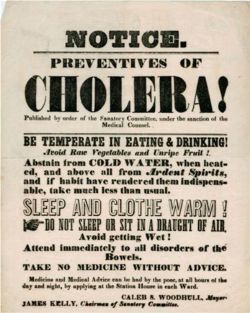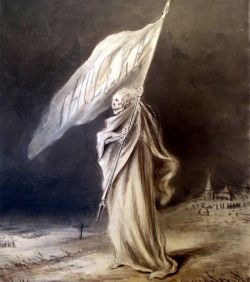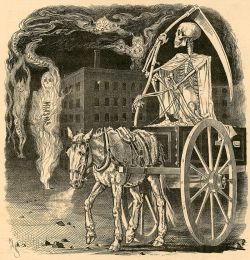A person with severe dehydration due to cholera. Note the sunken eyes and decreased skin turgor wich produces wrinkles hands and skin.
Author CDC
https://commons.wikimedia.org/wiki/File:Adult_cholera_patient.jpg
Patients lie in bed at the cholera treatment centre in the Budiriro District, that was badly affected by cholera, in Harare Zimbabwe on the 21st april, 2009 photo:
Author Kate holt / AusAID
https://commons.wikimedia.org/wiki/File
Poster used in New York City, during nineteenth century cholera epidemie
1865
Author New York City Sanitary Commission
https://commons.wikimedia.org/wiki/File:Cholera_Epidemic_poster_New_York_City.jpg
Cholera Art 1866,
unknown artist, probably Dutch
https://commons.wikimedia.org/wiki/File:Cholera_Art_1866.JPG
By the summer of 1832, Asiatic cholera had arrived in Montreal and the polluted rivers became a primary conduit for the disease.
Within only a few days of the first recognized case, several hundred people had fallen victim to cholera.
An 1832 newspaper report offers a frightening depiction of the situation: “Women with terror in their countenances, and many of them weeping were to be seen on every street...carts with coffins containing dead bodies, each occupied with four or five persons: were passing frequently...
Business seemed paralyzed...and many of our citizens left town, a fine panic of almost indescribable nature seemed to have taken hold of the whole body of citizens.”
photo: McCord Museum: M992X.5.82.
http://rivieresperdues.radio-canada.ca/en/cities/montreal/story/4
Vibrio cholerae
-
General information
All Vibrionaceae require Na+ for growth
Taxonomy
Family: Vibrionaceae
It is divided into 3 major subgroups
1 V. cholerae-O1
⇒ 3 serovars: Inaba, Ogawa, Hikojima
⇒ 2 biotypes: El Tor and Classical
2 V. cholerae-O139
3 V. cholerae non O1
Natural habitats
Marine environments and people.
Cholera infections are most commonly acquired from drinking water in which V. cholerae is found naturally or into which the water has been polluted from the feces of an infected person.
Transmission from person to person, is rarely documented.
Clinical significance
Vibrio cholera is the only species that causes endemic, epidemic, and pandemic cholera.
They secretes cholera toxin, that causes watery diarrhea.
They ranging from asymptomatic to cholera gravis.
Symptoms include abrupt onset of watery diarrhea (a grey and cloudy liquid / rice water stools), or occasionally vomiting and abdominal cramps.
Dehydration with symptoms and signs such as thirst, dry mucous membranes, decreased skin turgor, sunken eyes, hypotension, tachycardia, renal failure, seizures, somnolence, coma and death.
The disease typically lasts from 4-6 days.
Worldwide cholera is the second leading cause of death for children under the age of 5 and at least 120.000 death are estimated to be caused by cholera each year. (source: wikipedia)
-
Diseases
-
Gram stain
Gram negative rod,
0.5-0.8 x 1.4-2.6 µm
straight, curved,
or comma shaped rods,
-
Culture characteristics
-
Facultative anaerobic
It is common for pure cultures of vibrios to produce multiple colony morphologies (as many as 5), best seen on blood agar.
BA: variations in morphology include smooth, rough, convex, flat spreading, and compact in various combinations.
Occasionally V.cholerae produces rugose (extremely wrinkled) on non-carbohydrate containing media.
Rugosity is due to the production of a unique extracellular polysaccharide.
McConkey: growth, non lactose fermenter
TCBS: yellow colonies (sucrose fermented)
Yellow colonies, may convert to green after more than 24 hours
BBAØ: growth
motility: polar flagella
-
-
Characteristics
-
References
James Versalovic et al.(2011) Manual of Clinical Microbiology 10th Edition
Karen C. Carrol et al (2019) Manual of Clinical Microbiology, 12th Edition

